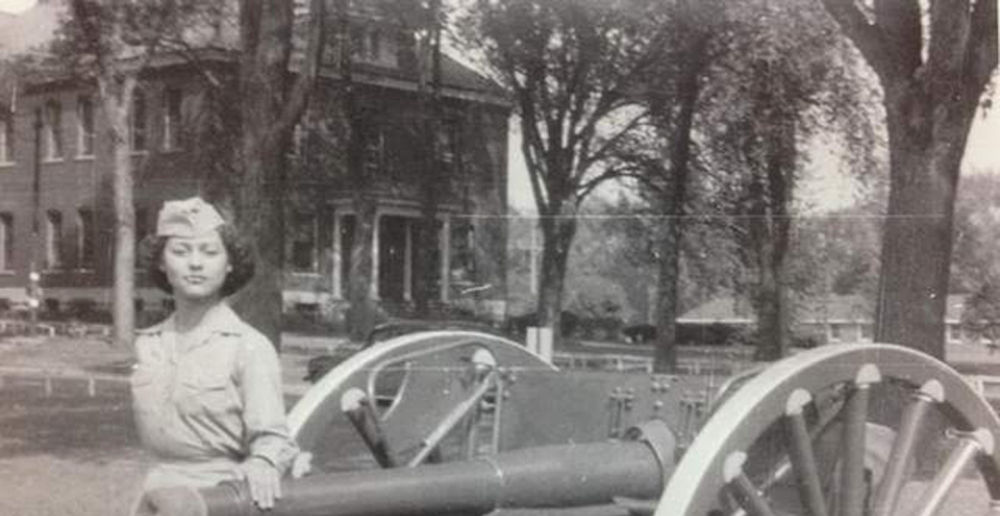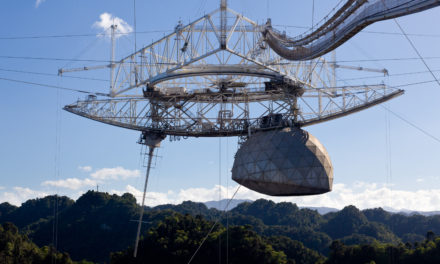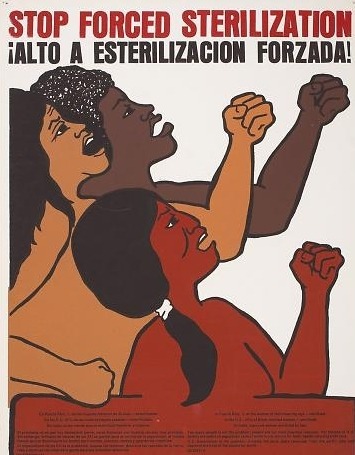posted by lisaparavisini | April 8, 2013 | repeatingislands.com
The 200-year-old remains of a Puerto Rican hero arrived on the island Saturday after an exhaustive quest to identify his body and bring it home, the Associated Press reports.
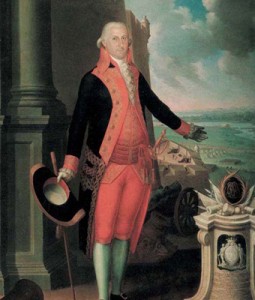 Hundreds of Puerto Ricans cheered as Spanish navy officers wearing white uniforms and bearing swords walked past the crowd holding a large wooden box that contained the bones of Ramon Power y Giralt.
Hundreds of Puerto Ricans cheered as Spanish navy officers wearing white uniforms and bearing swords walked past the crowd holding a large wooden box that contained the bones of Ramon Power y Giralt.
Power fought for administrative and economic reforms in Puerto Rico during Spanish rule, and oversaw abolition of a law that gave Spain absolute power over Puerto Rican laws and officials.
Spain paid to transport Power’s body across the Atlantic Ocean on a 29-day trip aboard one of the largest tall ships in the world so he could be buried in the Cathedral of San Juan, where the body of Spanish explorer Juan Ponce de Leon also is buried.
“Viva Ramon Power! Viva Puerto Rico!” the crowd yelled as officers disembarked with the remains from the 370-foot-long (113-meter-long) ship Juan Sebastian de Elcano, which was built in 1927.
“We have to remember our history, because if we don’t embrace it and remember it, we lose our identity as a nation,” said Julio Ayala, a 70-year-old retired engineer who arrived with his wife from the nearby municipality of Carolina.
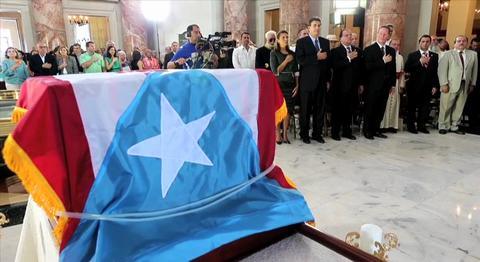
Nuns and priests were among those who greeted Power’s remains, clutching Puerto Rican flags.
“He returns home once again,” said Monsignor Ivan Huertas. “It’s an honour to have had a Puerto Rican representative like him back in the day.”
Power, the son of an Irish immigrant and a Puerto Rican woman, grew up to join the Spanish navy and helped seize what is now the Dominican Republic back from French forces led by Napoleon Bonaparte.
In 1809, he was appointed Puerto Rico’s representative before the Courts of Cadiz despite objections from officials who thought a Spaniard should occupy the position. The court served as the Spanish Empire’s congress at the time, and Power became its first vice-president.
In 1811, the Courts of Cadiz approved a law named after Power that allowed construction of several ports and looser import and export regulations in Puerto Rico, among other measures.
Power died in 1813 at age 37 from yellow fever, and he was buried with several other officials in a common grave in Spain.
The push to identify his body began in 1931, when the city of Cadiz ordered that his remains and those of other officials be transferred from the local cemetery to the church. Experts from Puerto Rico and Spain eventually identified his body with help from the Smithsonian Institution in Washington.


